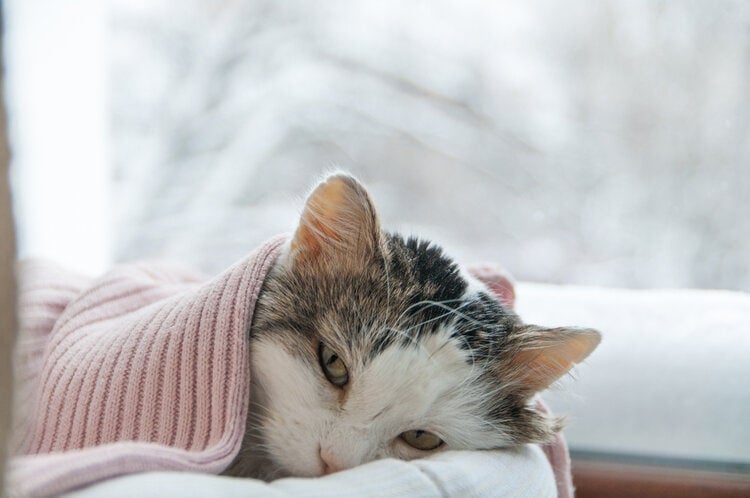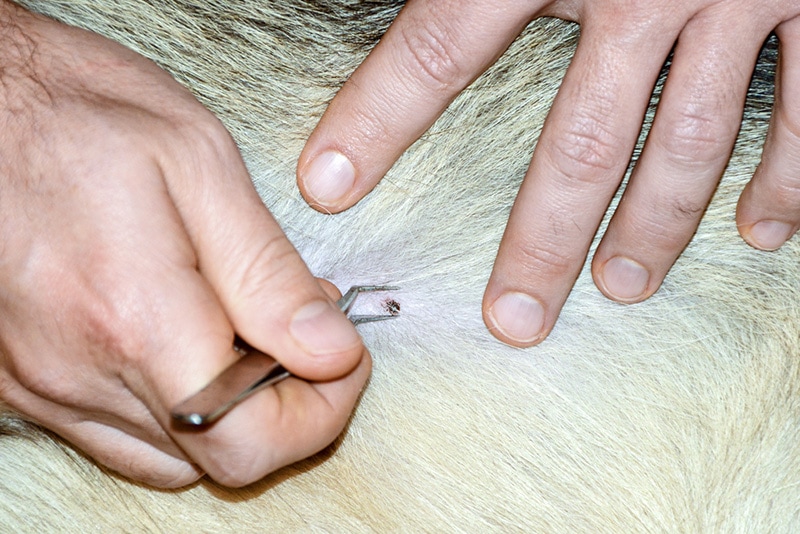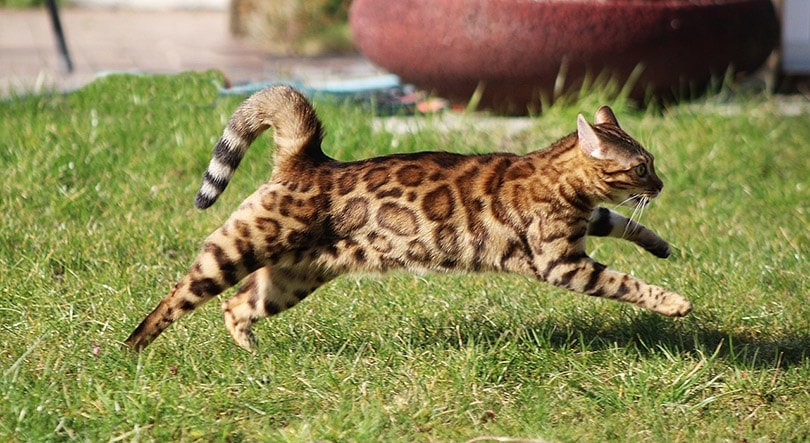Why Do Cats Have Whiskers? Feline Anatomy Explained

Updated on
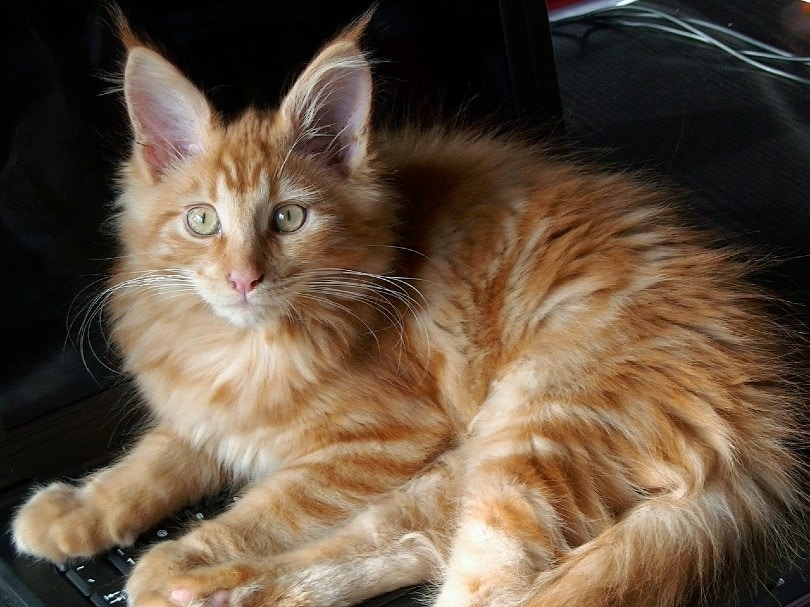
One of the many things that make cats adorable is their whiskers. While whiskers grow out of the skin like other hairs, they’re not like normal cat hair as they’re coarser, thicker, and have deeper roots. These coarse hairs are above a cat’s eyes, the corners of the mouth, the chin, and near the ears.
Cats have whiskers to help them navigate and stay safe from dangerous situations. Their whiskers help to navigate their environment, sense objects, detect changes in air currents, and aid in hunting and communication due to their sensitivity to touch and vibrations. The whiskers on your cat’s face may make your feline friend look cute, but they’re also very useful features the animal needs.
Whiskers have more sensitivity than regular hairs because their follicles contain lots of blood vessels and tiny nerve endings. Cat experts tell us that whiskers are as sensitive as the tips of our fingers which means a cat can touch the world around him using his face!
Whiskers Transmit Information
Whiskers are often referred to as “tactical hairs” but that term is very misleading because they don’t feel anything. Whiskers are used for transmitting information to the brain when they detect nearby objects or movements.
Whiskers send sensory information by vibrating when air moves them or when something comes into contact with them. The signals sent by whiskers tell a cat all kinds of information including how big something is, how it’s shaped, and how quickly it’s moving, to help the cat navigate the world around him.
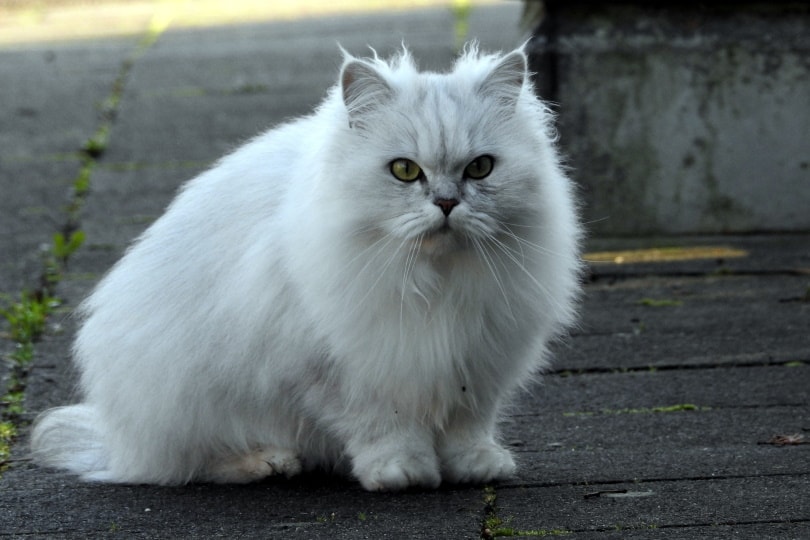
Whiskers Help Cats Keep Their Balance
If you’ve ever wondered why cats seem to always land on their feet, it’s because they have sensory organs called proprioceptors on the ends of their cute whiskers. These tiny sensors send a message to the brain, telling the cat what position its body and legs are in at all times.
Whiskers are why a cat can walk like a skilled gymnast on a balance beam. These sensitive coarse hairs are credited with giving cats the incredible sense of balance they’re known for.
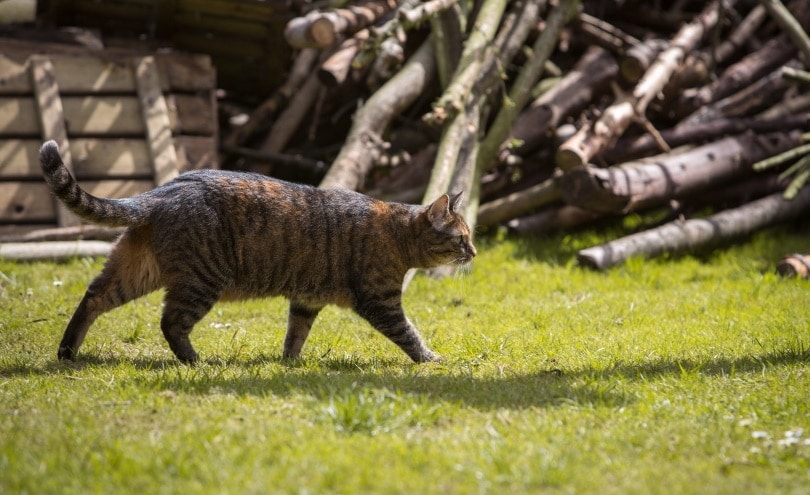
They Serve as a Second Set of Eyes
You may be surprised to learn that cats don’t have the great vision many people think they do. While a cat can see fine at a distance, it can’t focus well on items up close. Because whiskers are always sending information to the brain, they alert a cat when something’s nearby, whether it’s a mouse outside in the grass or a cat toy under the bed at night in the house.
They Protect the Eyes and Keep Cats Out of Tight Jams
The whiskers on a cat’s face can sense the smallest things like a speck of dirt. When something comes into contact with the whiskers by the eyes, a cat will blink or shake its head to get it off to protect the eyes.
Another function of the whiskers is that they prevent cats from getting stuck in tight places by sending signals to the brain. When your cat gets in a jam at home like being wedged into a tight spot in the closet, his whiskers always end up saving the day!
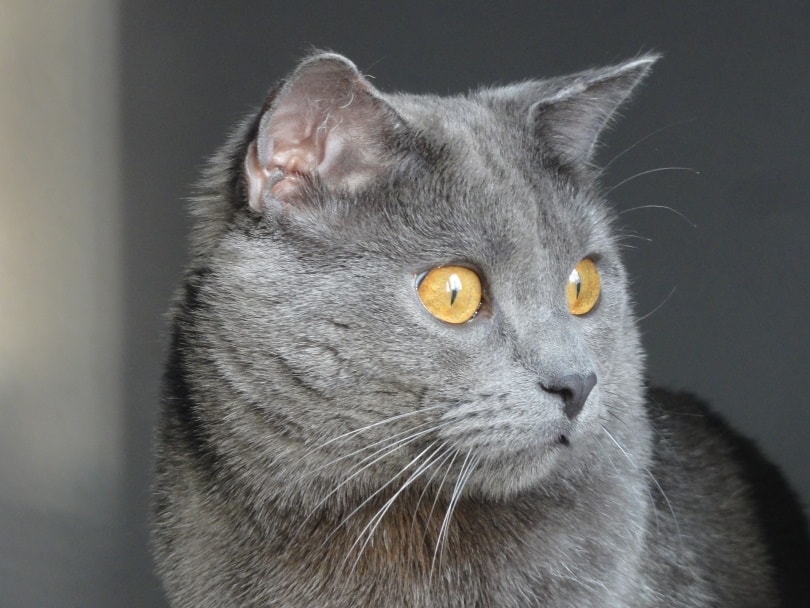
Whiskers Don’t Need Trimming!
All cat owners know that their pets shed hair, and the same goes for the whiskers. It’s common to find a couple of whiskers laying on the floor or furniture, right along with those loose cat hairs.
Even though whiskers naturally shed, you should not trim these stiff hairs. If you cut all the whiskers off your cat, he will become disoriented and frightened. Those cute whiskers help keep your cat in balance and aware of his surroundings so don’t cut them off!
It’s Fine to Touch Your Cat’s Whiskers
There’s nothing wrong with touching your cat’s whiskers as it won’t cause pain. However, pulling on them sure does! Remember that whiskers have tiny sensors or “feelers’ built into the ends to help your cat navigate his world and keep him out of trouble. If you have small children at home, teach them never to pull on the whiskers when petting your cat.
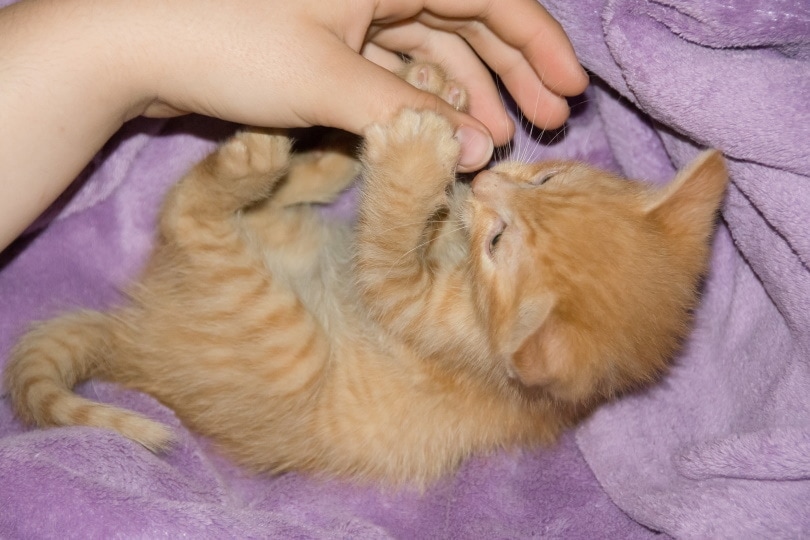
There Are Even Whiskers on a Cat’s Legs
If you look at your pet cat carefully, you’ll notice a few longer and stiffer hairs protruding from the back of its front legs. These are called carpal whiskers and they’re there to help your cat catch prey. These sensitive whiskers can detect the tiniest movements of prey to tell the cat exactly where the prey is located and whether or not it’s dead.
If you have an indoor cat, he uses his leg whiskers not for hunting prey but to play with objects like toys. For example, if you play with your cat using a toy attached to the end of a long string, your cat will use his leg whiskers to adjust his grasp on the toy according to the information he gets from the whiskers on his legs.
Final Thoughts
Whiskers give your cat some added charm and they sure are cute. But these long coarse hairs serve a purrfectly good purpose as they keep your feline friend oriented and out of trouble! The next time your cat curls up on your lap, take a close look at all those stiff hairs on its face and appreciate one of the many remarkable wonders of nature!
See Also:
- What Is Henry’s Pocket? And Why Do Cats Have Them?
- Why Do Cats Have Tails? Vet-Reviewed Feline Anatomy
Featured Image Credit: Jahhoo, Pixabay


